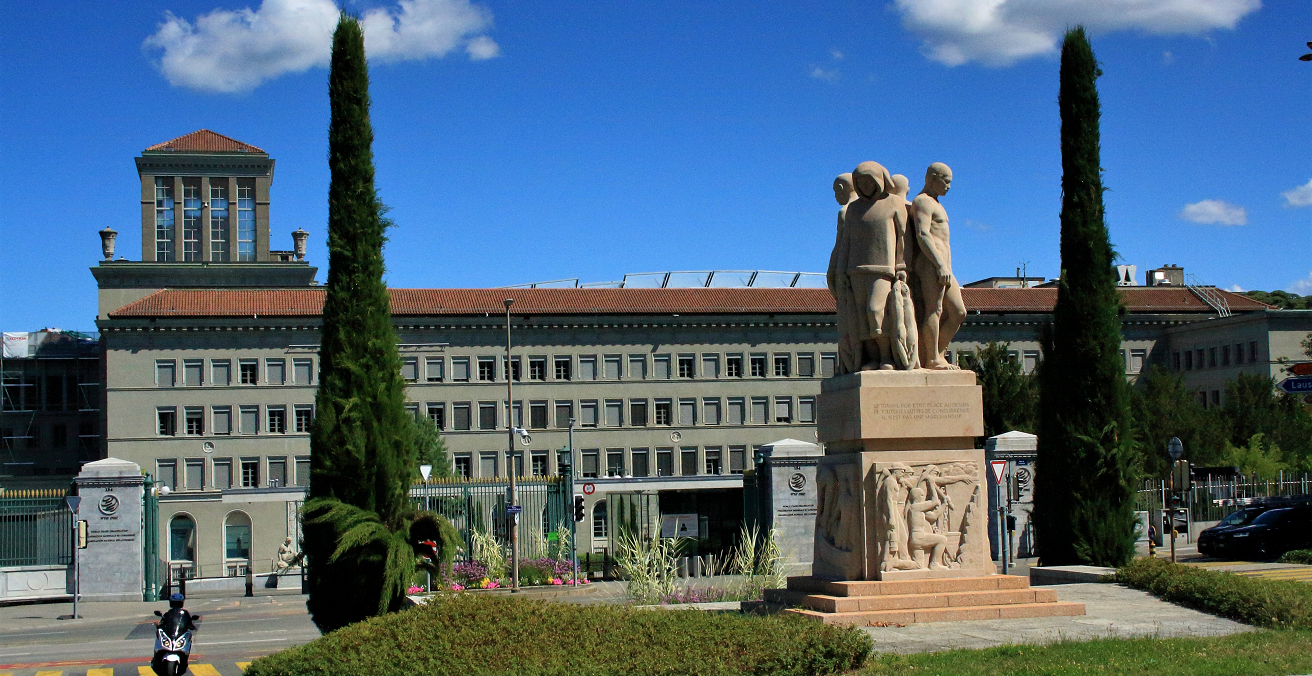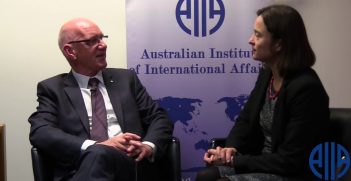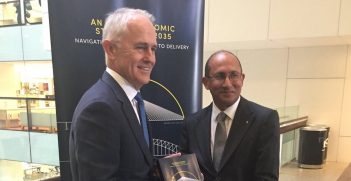Australia’s Trade Dispute with China in a Stalled-Out WTO

As Australia pursues its tariff dispute with China in the WTO this year, the United States and other Western nations will be challenging China on issues of forced technology transfer. The Biden administration’s policy may influence Australia’s course of action.
In 2020, Australia announced its intention to challenge China in the World Trade Organization (WTO) for its use of tariffs to limit barley, wine, and beef imports. This move is emblematic of the continual decline in a trade relationship that has spanned several decades. Up to this point, Western countries have been carefully watching the unsettling trajectory of Australia-China relations and what Canberra’s course-of-action in the WTO might mean for them. Moving into 2021, there is considerable uncertainty surrounding how Australia’s dispute will play out. The WTO’s appellate body, the organisation’s dispute handling mechanism, has been defunct since December with no new judges appointed. This resulted from former president Donald Trump’s policy of blocking appointments of judges to the body, something that began under Barack Obama. The new Biden administration has now appointed Taiwanese American trade lawyer Katherine Tai as the US trade representative, and it is believed the administration will maintain a tough stance towards China. But with the US continuing to block the appointment of judges, the appeals process for trade disputes will remain stalled. On this basis, the new Australian trade minister, Dan Tehan, has stated that Australia’s case against China could take several years to resolve.
The protection of foreign investors in China is at the heart of the United States’ WTO dispute. Wendy Cutler, an architect of the Trans-Pacific Partnership (TPP) and a US trade representative under Obama, has pushed for Australia to back America in pushing for WTO reform on rules around state subsidies which allow forced technology transfer to take place. Forced technology transfer is the practice by which Chinese firms acquire foreign intellectual property and innovation. As foreign companies are required to enter into joint ventures when entering the Chinese market, they are often required to share their intellectual property (IP) and technology with Chinese partners. Once these are acquired, Chinese firms are able to boost production and out-compete foreign competitors through industrial subsidies from the government.
The problem of technology transfer has its roots in the 1980s and 1990s, when China opened its economy to foreign trade. Its best researchers were attracted to more lucrative private sector careers, thus being drawn away from fundamental research and leading to a position where China only excelled at producing end-use technologies. From 2006 onwards, the Indigenous Innovation Policy was introduced which helped to formalise this practice among Chinese firms. It is not just the European Union, US, and Japan that are affected by this problem. A Canadian study published last year cites the experience of two dozen China-based tech firms which were pressured into accepting much lower levels of ownership of their operations in China, with many not knowing whether their joint venture was providing research and development (R&D) for PLA-linked entities.
The US has found support among its allies, and both the EU and Japan have signed on to a US-led trilateral agreement which explicitly addresses forced technology transfer. Specifically, the agreement seeks to challenge the definition of “public bodies,” taking aim at Chinese companies which are only semi-state-backed entities but nonetheless benefit from government subsidies. Since China’s accession to the WTO in 2001, it has consistently disagreed with the US on the definition of this term. In changing the definition of a public body through the WTO appellate body, current Chinese subsidies would be considered illegitimate, a move which would pressure Chinese firms to alter their behaviour in absorbing technology from their foreign joint venture partners. In challenging Beijing at the WTO, the US hopes to establish clarity around vague trade rules that encourage this practice. As a CSIS report explains, Chinese joint venture partners have been able to take advantage of the WTO’s imprecise definition of “public bodies.” Former Australian Trade Minister Simon Birmingham has stated that Australia would not join, though he expressed his support for the United States in attempting to clarify rules around these subsidies that encourage forced technology transfer.
Coming off the back of the Trump administration’s confrontational approach to the WTO, the best indicator of the Biden administration’s policy is the appointment of Katherine Tai, who has pushed for the use of more “offensive measures” in trade, as opposed to former US Trade Representative Robert Lighthizer’s supposedly “defensive measures.” Fundamentally, Joe Biden wants to repair some of the damage done by the now-scrapped TPP, which was perceived as being a bad deal for the American working class. His new brand of “foreign policy for the middle class,” as proposed by new national security advisor Jake Sullivan, aims to consider the direct economic impact of US foreign policy decisions on domestic American policy, a response to the perceived damage caused by the shift of manufacturing to China since its accession to the WTO in 2001. Therefore, as Bryan Mercurio has argued, “trade friction will continue throughout Biden’s presidency and will not significantly depart from Trump’s policies,” though the tone voicing such policies shall be more diplomatic.
On the side, the EU has pursued a workaround to the frozen WTO by signing its own Comprehensive Agreement on Investments (CAI) with Beijing, which will allow for more transparency around subsidies for Chinese state-owned enterprises and clearer mechanisms for dispute resolution. The CAI will support a broader multilateral response to conduct trade in China with greater protection for foreign investors, with Australia signing up alongside a number of ASEAN and Latin American nations.
Certain observers have argued that US-led trade disputes ought not affect Australia’s trade policy, which relies almost entirely on exports and very little on foreign direct investment in China. But, as David Uren has pointed out, this viewpoint overlooks the fact that the total of bilateral investments between the US and Australia is ten times larger than those between Australia and China. Moreover, the EU-China route does not amount to a permanent solution, as some observers have suggested, in that it is unlikely to solve the fundamental problems of Chinese state subsidies and forced technology transfer. All in all, Australia has little stake in tech transfer disputes. But as Australian cyber security expert Greg Austin has argued, these aggressive takeovers are “a practice that Australia needs to pay more attention to.”
Canberra wants to see the integrity of the WTO remain intact. But it will insist on maintaining a strict separation between its own export disputes and its allies’ technology transfer disputes. Of course, Canberra’s course of action in the WTO should not be seen in isolation. It is still implicitly part of a broader concerted strategy by Western countries and Japan to bring China’s trade practices into alignment with their own, stressed in Biden’s rhetoric of “setting the rules of the road.” By signing on to the CAI while pursuing its own dispute in the WTO, Australia is seeking a path that is in alignment with America and its allies in principle but is independent in practice.
Will Peyton holds a PhD in Chinese Studies from the Australian National University and has published on Chinese international relations in The International History Review, The China Story Journal, and The News Lens.
This article is published under a Creative Commons License and may be republished with attribution.





